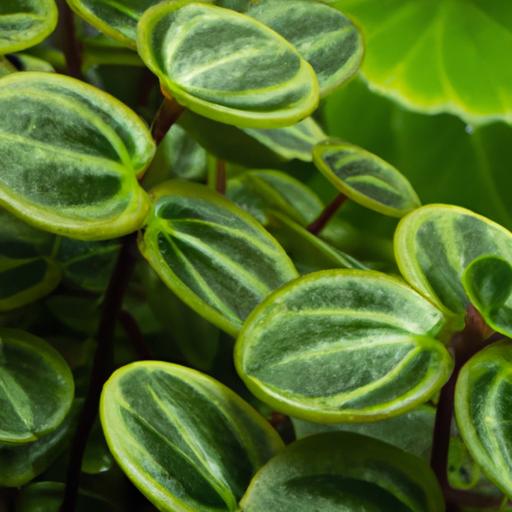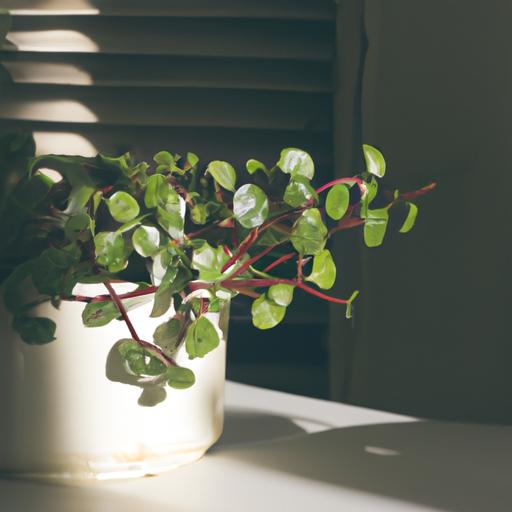Discover the ultimate guide to peperomia caperata care. Learn how to keep this stunning indoor plant thriving with expert tips from Rowe Organic.
Introduction
Welcome to Rowe Organic, your green sanctuary for expert tips and inspiration in organic gardening. In this article, we will delve into the world of peperomia caperata and explore the essential care techniques to ensure this stunning indoor plant thrives in your home. Peperomia caperata is a popular choice among plant enthusiasts due to its unique foliage and low-maintenance nature. By understanding its specific care requirements, you can cultivate a healthy and vibrant peperomia caperata that will bring joy to your space for years to come.

Understanding Peperomia Caperata
Peperomia caperata, also known as the Emerald Ripple Radiator Plant, belongs to the Piperaceae family. This beautiful plant originates from the rainforests of South America and features heart-shaped, deeply textured leaves with striking patterns and colors. With various cultivars available, such as the ‘Rosso’ with its red undersides or the ‘Luna Red’ with its dark green leaves, peperomia caperata offers a diverse range of options to suit your aesthetic preferences.

Peperomia Caperata Care Guide
To ensure your peperomia caperata thrives, it is crucial to provide the right conditions and care. Let’s explore the key aspects of caring for this marvelous plant:
Light requirements
Peperomia caperata thrives in bright, indirect light. While it can tolerate lower light conditions, placing it near a window with filtered sunlight will help promote optimal growth and vibrant foliage. However, be cautious of exposing it to direct sunlight, as it can lead to leaf burn.
Temperature and humidity levels
Maintaining a comfortable temperature range is essential for peperomia caperata. Ideally, keep the temperature between 65-75°F (18-24°C) during the day and slightly cooler at night. This plant also appreciates moderate humidity levels. If your home tends to be dry, consider using a humidifier or placing a tray of water near the plant to create a more humid microclimate.
Watering techniques
Proper watering is crucial for peperomia caperata care. Allow the top inch of soil to dry out before watering, and then water thoroughly until it drains from the bottom of the pot. Avoid overwatering, as it can lead to root rot. Remember, it’s better to underwater slightly than to overwater.
Soil and fertilization needs
Peperomia caperata thrives in well-draining soil. A mixture of peat moss, perlite, and a small amount of sand creates an ideal medium for this plant. Fertilize your peperomia caperata every two to four weeks during the growing season using a balanced, water-soluble fertilizer diluted to half strength. This will provide the necessary nutrients for healthy growth.
Pruning and propagation tips
Regular pruning helps maintain the shape and appearance of your peperomia caperata. Remove any yellow or damaged leaves to promote new growth. You can also propagate new plants by taking stem cuttings and placing them in a moist potting mWithin a few weeks, you’ll witness new roots forming, and you can transfer the cuttings to their own pots.
Frequently Asked Questions (FAQs)
How often should I water my peperomia caperata?
The frequency of watering largely depends on various factors such as humidity, temperature, and the size of the pot. As a general rule, water your peperomia caperata when the top inch of soil feels dry. Remember, it’s better to underwater slightly than overwater.
What type of soil is best for peperomia caperata?
Peperomia caperata thrives in well-draining soil. A mixture of peat moss, perlite, and a small amount of sand creates an ideal medium for this plant. It ensures adequate drainage and prevents waterlogging, which can be detrimental to the roots.
How do I propagate my peperomia caperata?
Propagation of peperomia caperata is relatively easy. Take stem cuttings from a healthy plant, making sure each cutting has a few leaves. Place the cuttings in a moist potting mix, keep them warm and provide indirect light. Within a few weeks, roots will form, and you can transplant the cuttings into their own pots.
What are the common pests and diseases that affect peperomia caperata?
Peperomia caperata is generally resistant to pests and diseases. However, it may occasionally face issues such as mealybugs, spider mites, or fungal infections. Regularly inspect the leaves and stems for any signs of infestation or disease. If detected, treat the affected areas with appropriate organic pest control methods or fungicides.
Can peperomia caperata tolerate low light conditions?
While peperomia caperata can tolerate lower light conditions, it thrives in bright, indirect light. Placing it near a window with filtered sunlight is ideal. In low light conditions, the growth may slow down, and the foliage may lose some of its vibrancy.
Conclusion
In conclusion, peperomia caperata is a stunning indoor plant that can bring a touch of natural beauty to your home. By following the care tips outlined in this article, you can ensure your peperomia caperata thrives and remains a centerpiece of your indoor greenery. Remember to provide the right lighting, temperature, and humidity levels, water it appropriately, use well-draining soil, and occasionally prune and propagate to maintain its health and vitality.
At Rowe Organic, we are dedicated to providing you with expert advice and inspiration in organic gardening. Cultivate, nurture, and grow naturally with our guidance. Take the first step towards creating your green sanctuary by exploring our extensive range of houseplants and discovering more about peperomia caperata care on our website.
Internal links:
- Interested in exploring more houseplants? Check out our collection at Rowe Organic: Houseplants.
- Are you experiencing curling leaves on your peperomia caperata? Find out the possible causes and solutions at Rowe Organic: Peperomia Hope Leaves Curling.
